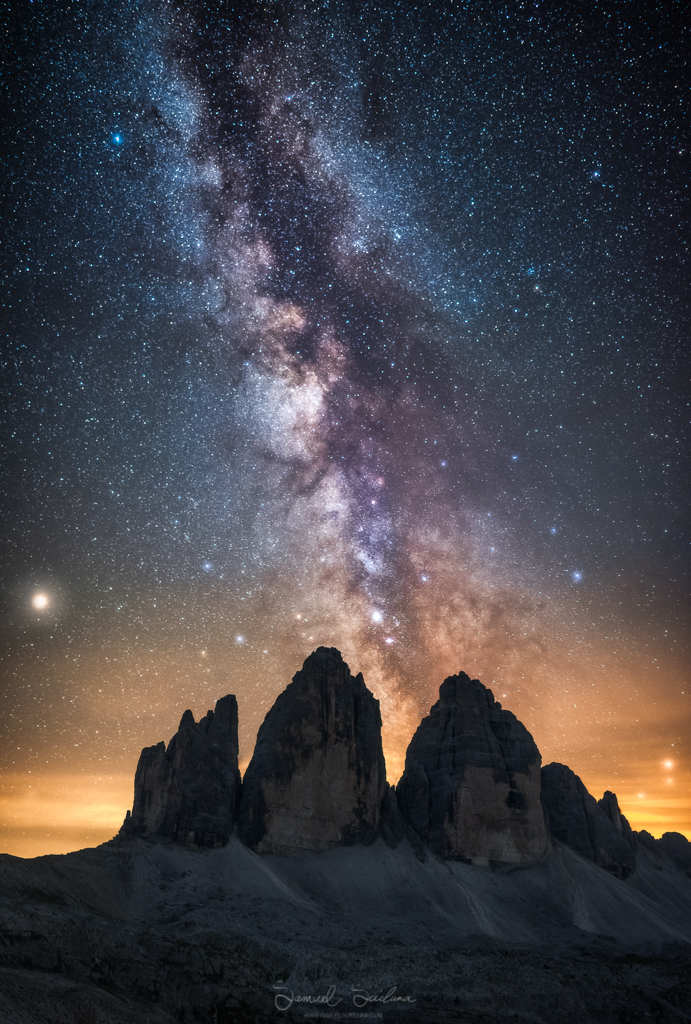

- Astronomy image stacking software pdf#
- Astronomy image stacking software software#
- Astronomy image stacking software download#
- Astronomy image stacking software free#
Their website also has a Hot Fix section for up to date software updates (you will have to register). TheSky is their extensive database, ability to remotely control aĬomputerized telescope, and work seamlessly with their other popular Least the most popular night sky objects.īy Software Bisque is probably the most popular planetarium softwareĪvailable. Star charts for a night of viewing and will have extensive databases with at It most cases, the software below can print our This type of software is used to map the night skyįrom any location on the Earth.
Astronomy image stacking software pdf#
The ASP has releaced a PDF file of astronomy related apps for the iPhone and Android. If there is a software that is worth mentioning, Programs that do about the same thing - the features of one might be missing inĪnother, but that other may excel in something else (if that makes sense). Population in fact, it is common for one person to have several different All of the software listed here are popular among the amateur astronomer I am in no way endorsing one brand over another. While I use some of these software titles,

In most cases, there are manyĭifferent versions of software that do a particular thing. The two stacked frame as a new frame will be took as the first frame and ToupView will read the 3rd frames, then ToupView will continus do the same alignment operation with this two new frames untill the end Video frame.Astronomy, there is a wide variety of software. Firstly it reads the 2 video frames and aligns the two frames so that the cells are in the same place, then stacking it. ToupView is doing a few tasks that you can do by hand, but it's incredibly tedious.

Astronomy image stacking software download#
You can download the Video to test the algorithm effectiveness. You can use the Record function on the control panel to record a video run 1000 or more frames for stacking. With ToupView, you do not need to snap the image one by one. Once you've got a composite made of the average of many photos, you can tweak the levels with image editing software so the background is the black you expect from the night sky and the stars stand out. A statistician would say that the averaged photo contains more information than a single exposure- there's more meaningful detail. In general, the more photos you take, the more uniform the background noise becomes after averaging and the more detail you can pick out. The average value of a pixel that was pointing at a star will tend to be slightly brighter than a pixel that was pointing at dark sky, but this difference might be smaller than the random variations on any single photo. Taking lots of photos is the equivalent of rolling a dice a lot of times- you are taking a lot of samples of each individual piece of sky and taking the average brightness to eliminate random variations. This noise obscures the actual subject of your photo and means you can't tell what is a speckle and what is a dim star. This is because of the random signals, or noise, the sensor picks up. If you take a single photo in the dark, it will look speckly. There's no way you could know that from a single roll, but by taking the average of lots of rolls you can see the pattern of behaviour. If the results average to a different value, you can be fairly sure your dice is loaded. Roll it a thousand times, and you can be pretty sure the results will average out to about 3.5. Roll a dice once and you might get any result from 1 to 6.
Astronomy image stacking software free#
This step is more about the theory of how stacking works- if you don't care about random distributions and would rather get going, feel free to skip it. Fortunately, stacking images can get rid of all of these problems and increase the amount of detail visible in return for a little effort. An SLR with bulb mode will happily leave the shutter open for as long as you want, but this demo that will work with any camera. Thirdly, most cheap digital cameras will only take single exposures for a maximum of 15 or 30 seconds. The second problem is that digital cameras pick up stray radio signals, cosmic rays, thermal vibrations and all sorts of other things which aren't starlight. This is a cool effect if it's what you're after, but if you want a picture of the sky as it appears to your eyes it's not helpful. Ideally, you want to leave your shutter open for as long as possible, but there are problems with this.įirstly, the stars move around the sky, so on any exposure above about 15 seconds the stars will stretch out into curved streaks. Very little light reaches the earth from a dim star, so just pointing your camera at the sky and clicking the shutter will only capture a few of the brightest stars.

The main problem with stars and things you want to photograph is that they're so dim.


 0 kommentar(er)
0 kommentar(er)
